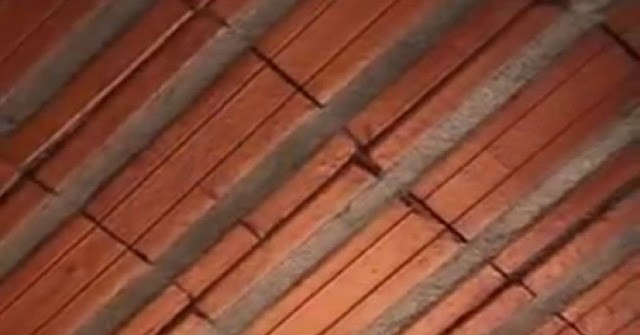 |
| The advantages of composite ceramics are compared with ordinary ceramics |
The advantages and disadvantages of composite ceramics remain as the limitations of color and pattern and the installation can be compared with ordinary tile floors.
Technology materials are growing rapidly including materials for flooring. One of them are a composite ceramic material that is also used for the home floor. Indeed, its use before as popular as ordinary ceramics is still more widely used because it has the advantage of ordinary floor tiles.
The main material of the ceramic is made of clay but in the middle is given a cavity so that the material is lighter so the construction holds a lighter load.
Comparison of seeds with ordinary ceramics can be only half of ordinary ceramics. If a ceramic weighs 288 kg then its heavy composite ceramic is only 130 kg only because this material is made of clay.
Because of the smaller weight this makes buildings that use composite ceramics are more resistant to earthquakes with ordinary ceramics. Its shape and size are also made of small elemental elements if it concerns a person will not make fatal wounds.
Funds issued when using composite ceramics will be much more efficient because the cement needed is only one-third of what is needed from ordinary ceramics. The steel bone needed to support the composite ceramic is less and the thickness of the concrete layer required only one to three centimeters to close the gap between one ceramic with another. Steel bones used also do not require construction bonds.
This composite ceramic is also known as "floating tile floor" although actually every manufacturer has a slightly different method for each manufacturer that produces composite ceramics.
Another advantage that is obtained is not necessary plastic spacers that you normally use for ordinary ceramics in general. Ceramics will be installed in harmony with each other. So you will not find spaces problem
The installation of composite ceramics is also shorter than ordinary ceramics and no need to make any more molds. Sufficient prints are made on edges and edges only. Likewise for his detention is no longer needed. When the installation of composite ceramics has not been completed we can also work on the floor under ceramic.
As is known the installation of this composite ceramic is only suitable for a square floor just for maximum results obtained. If used for the rectangular floor the result is less than the maximum.
Before use of composite tiles should be soaked in water at least about three hours. After that the composite ceramic can be installed one by one according to the required length. The bottom layer was given a layer of cement and sand.
While the concave and above can be covered with cement batter and dried for three or four days. A suitable comparison for cement dough is one for cement three for sand.
Once covered with cement it can be dried up to seven days. You can also use concrete with water. The goal is that the concrete has a strong endurance.
However the weaknesses in composite ceramics such as still limited to the color and style as in the ordinary ceramics that you come across.
However this provides an alternate range of options for the floor especially its function. The development of floor coverings such as composite ceramics is one example to find stronger and cheaper materials and can be mass produced in the future if proven to be more efficient and relatively cheaper.










